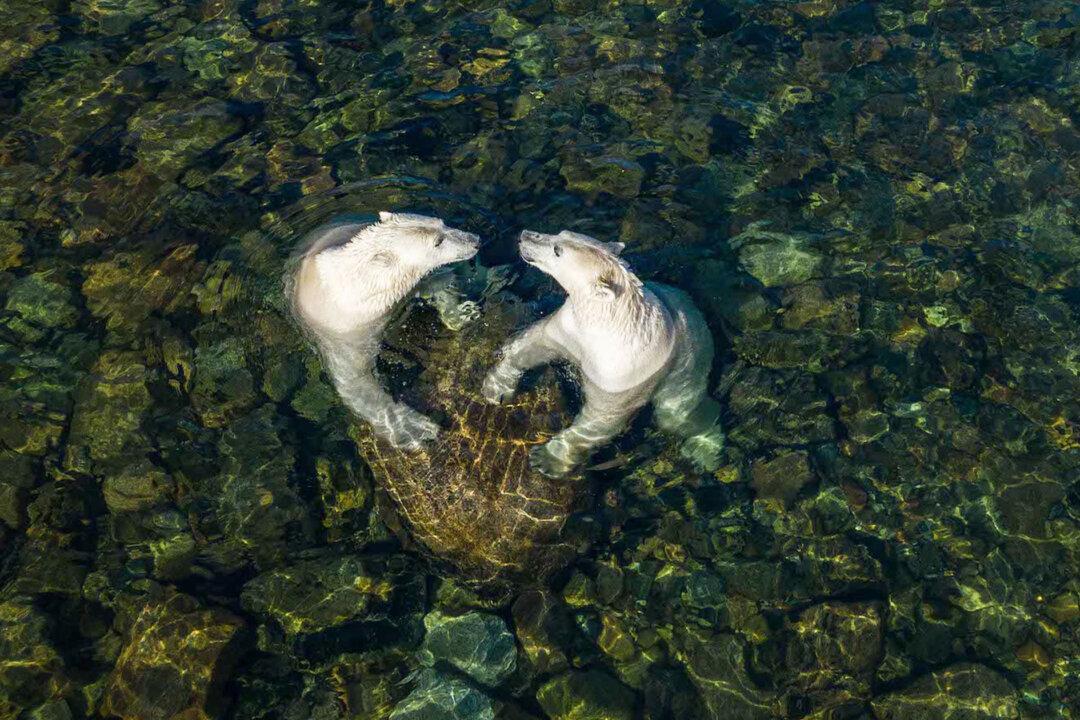When we think polar bears, we usually think ice.
Yet for centuries, polar bears have adapted to a particular warming of climate that occurs every year, starting around late June. It’s called summer.


When we think polar bears, we usually think ice.
Yet for centuries, polar bears have adapted to a particular warming of climate that occurs every year, starting around late June. It’s called summer.